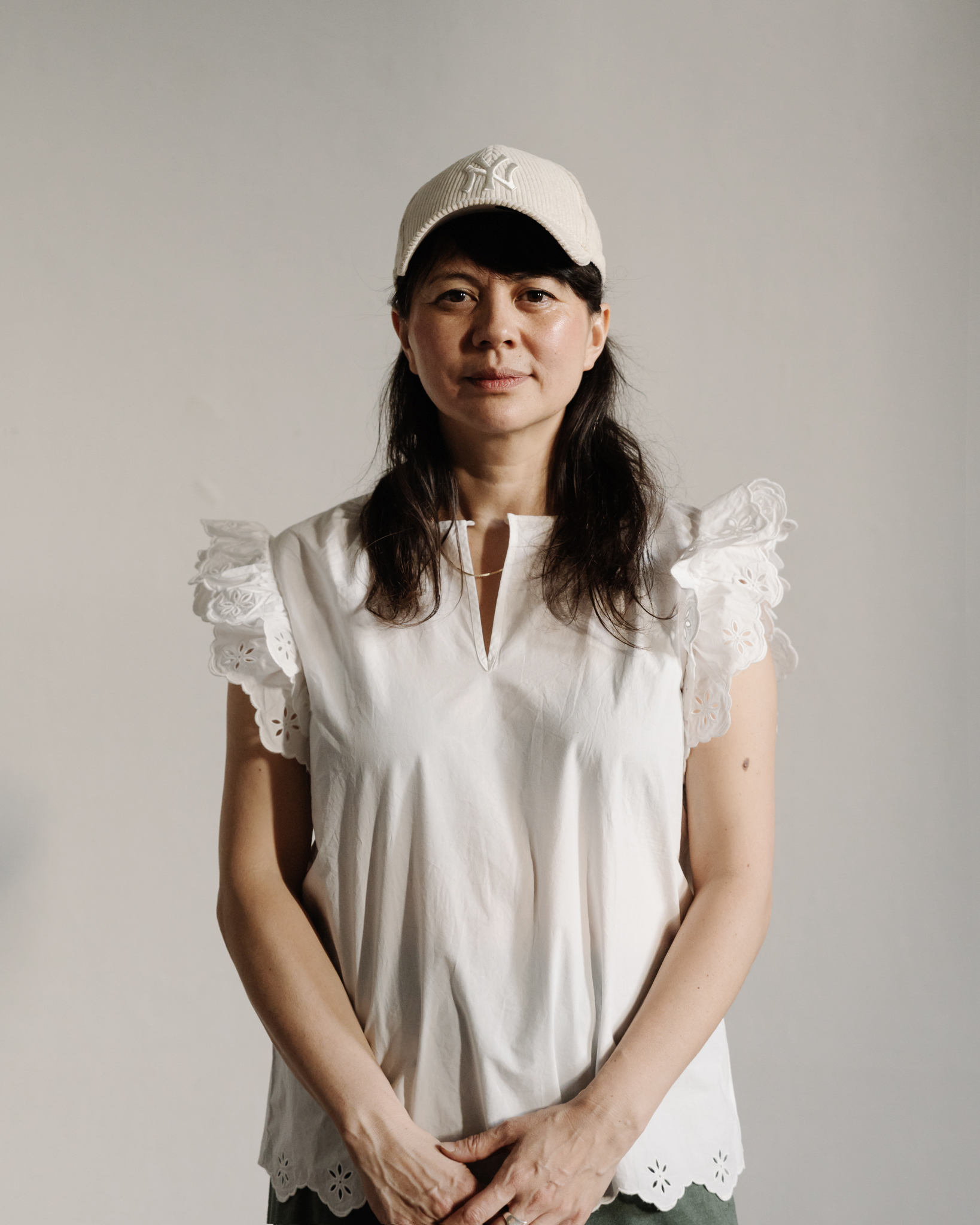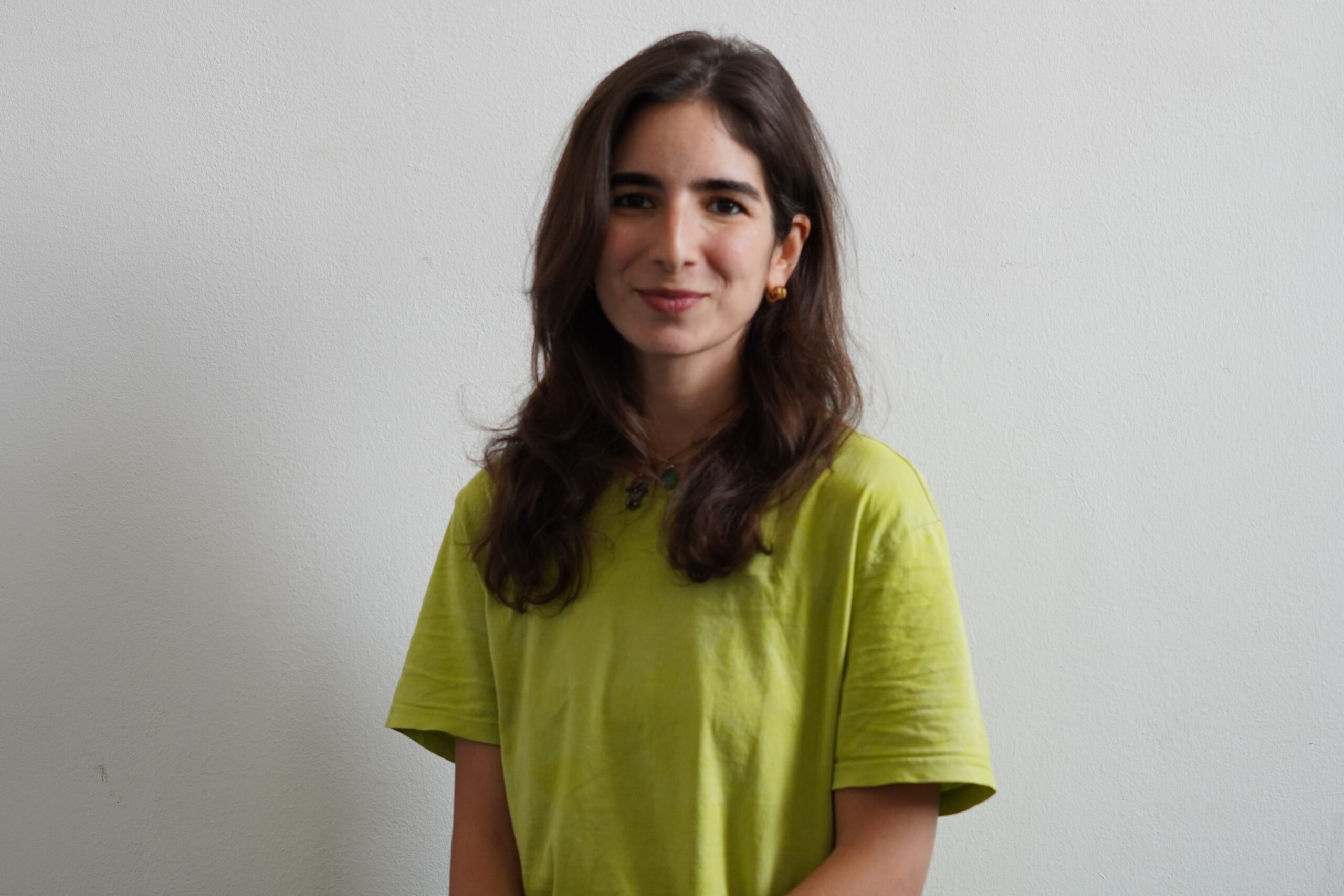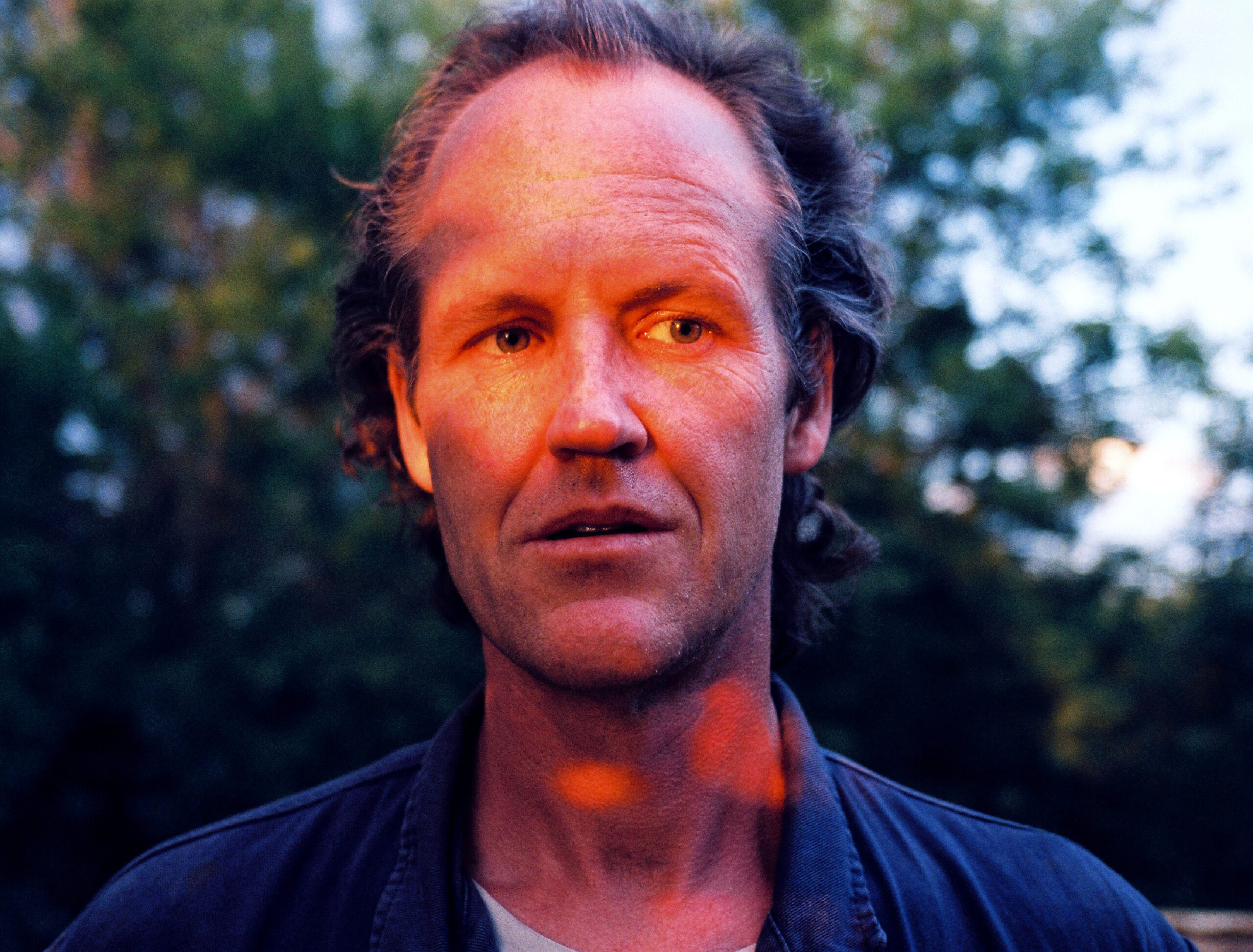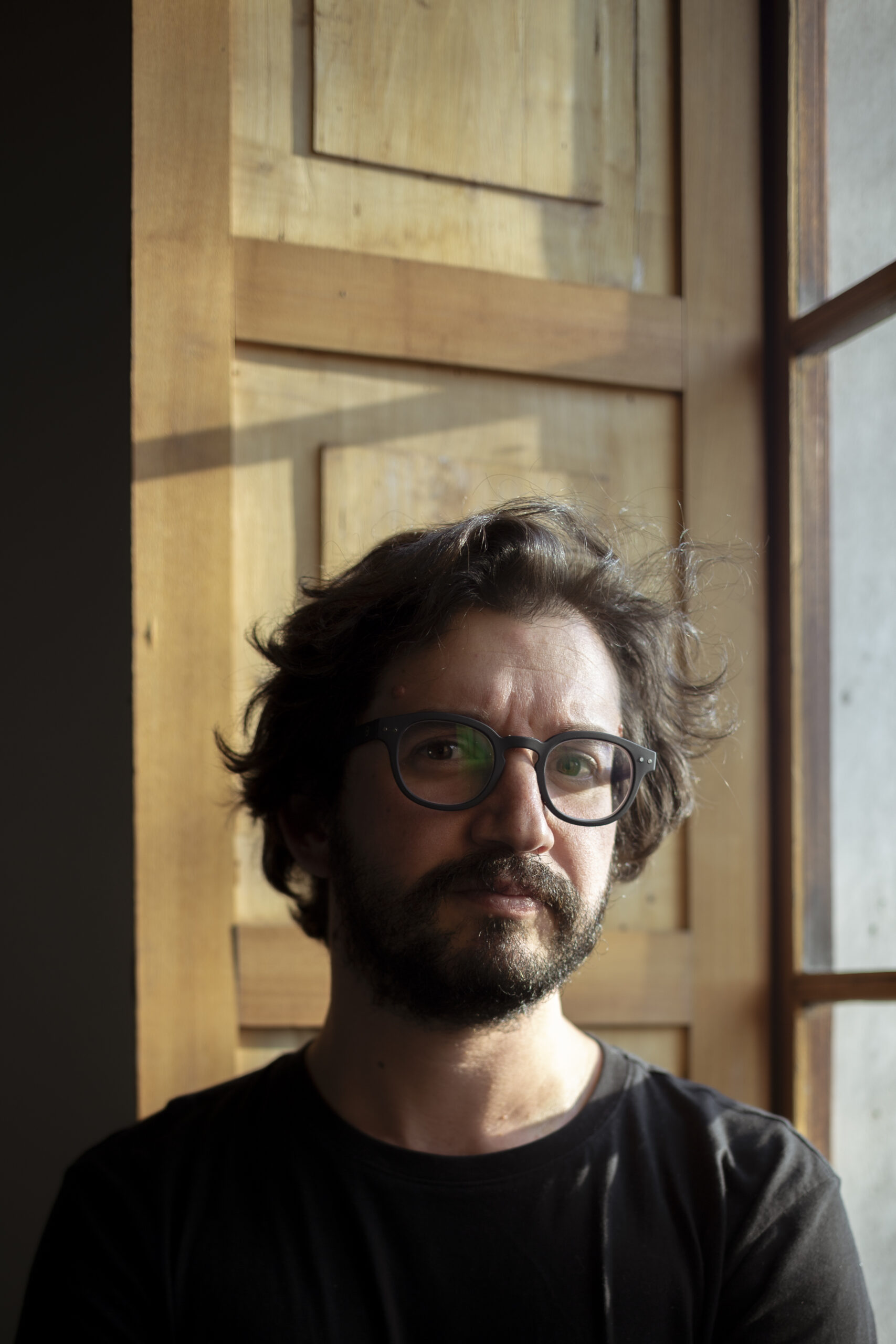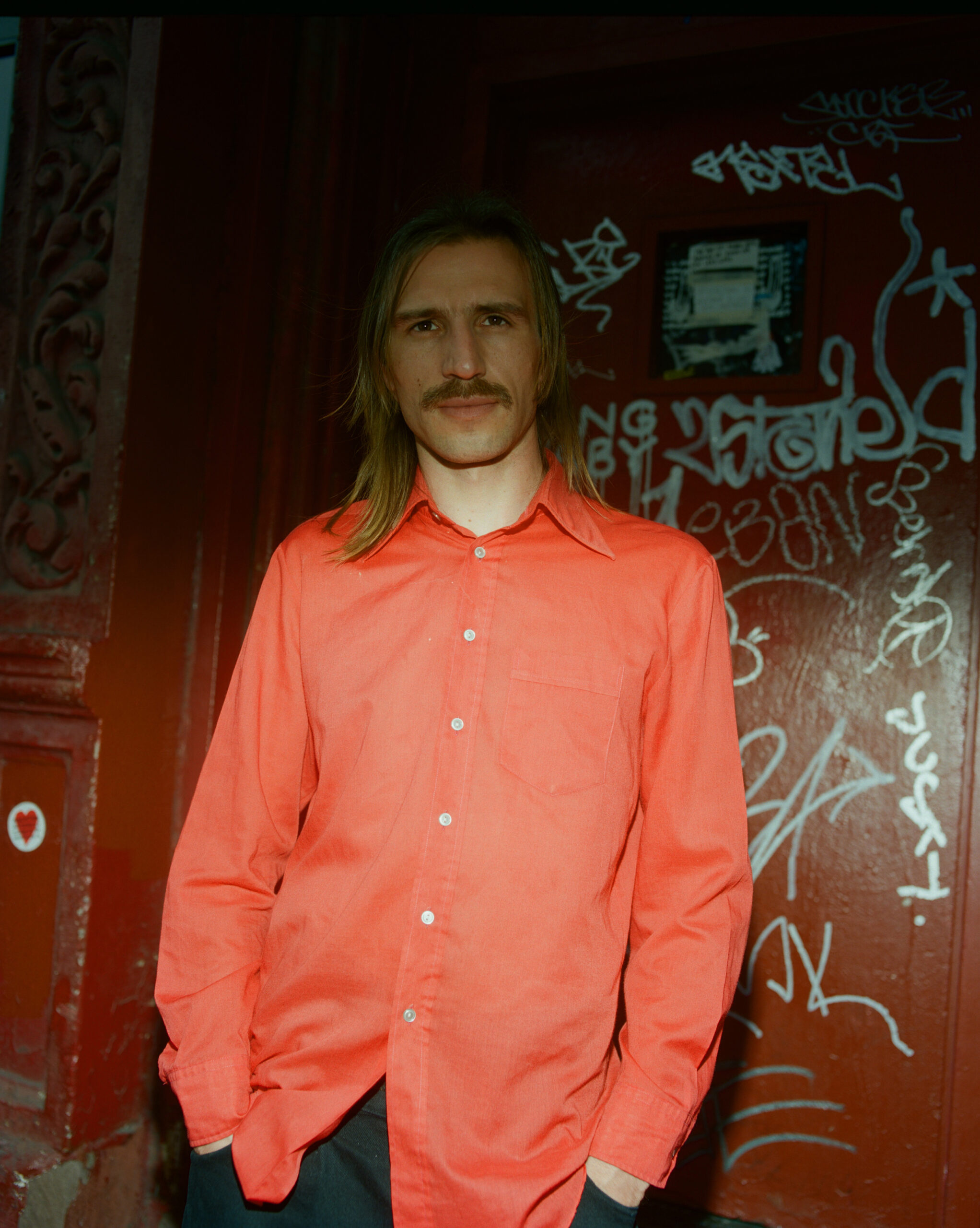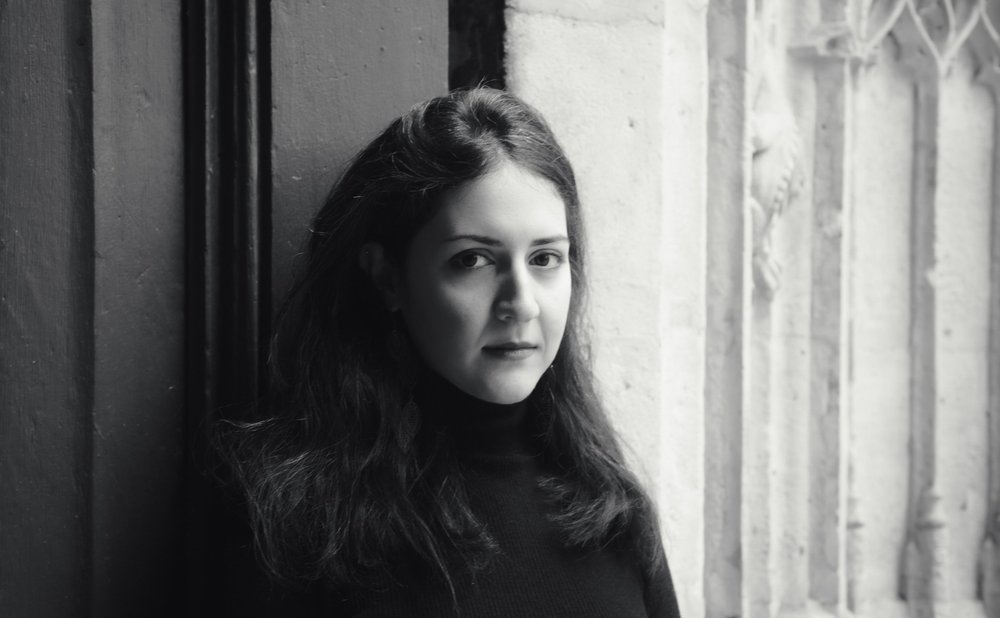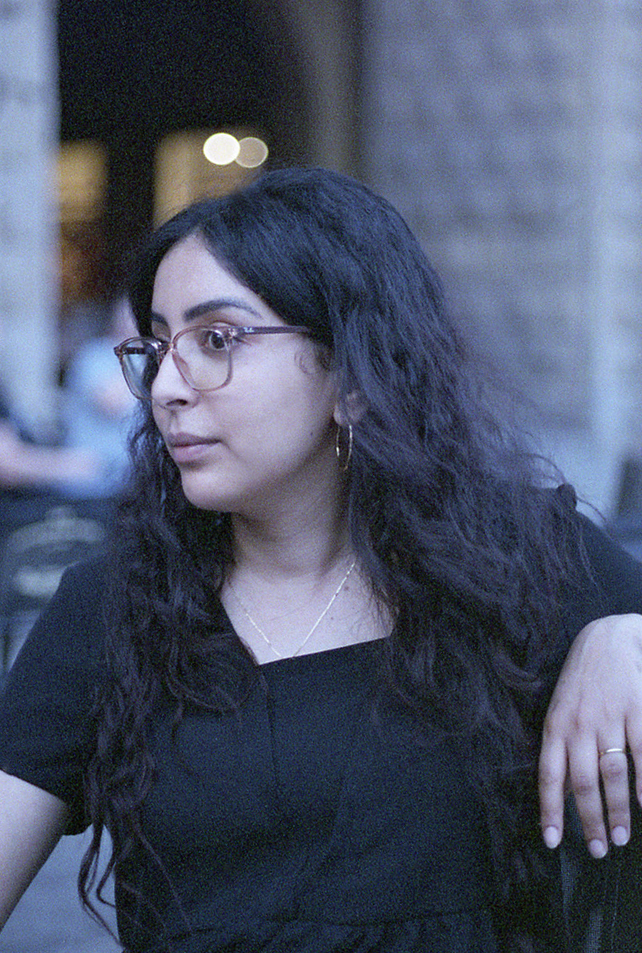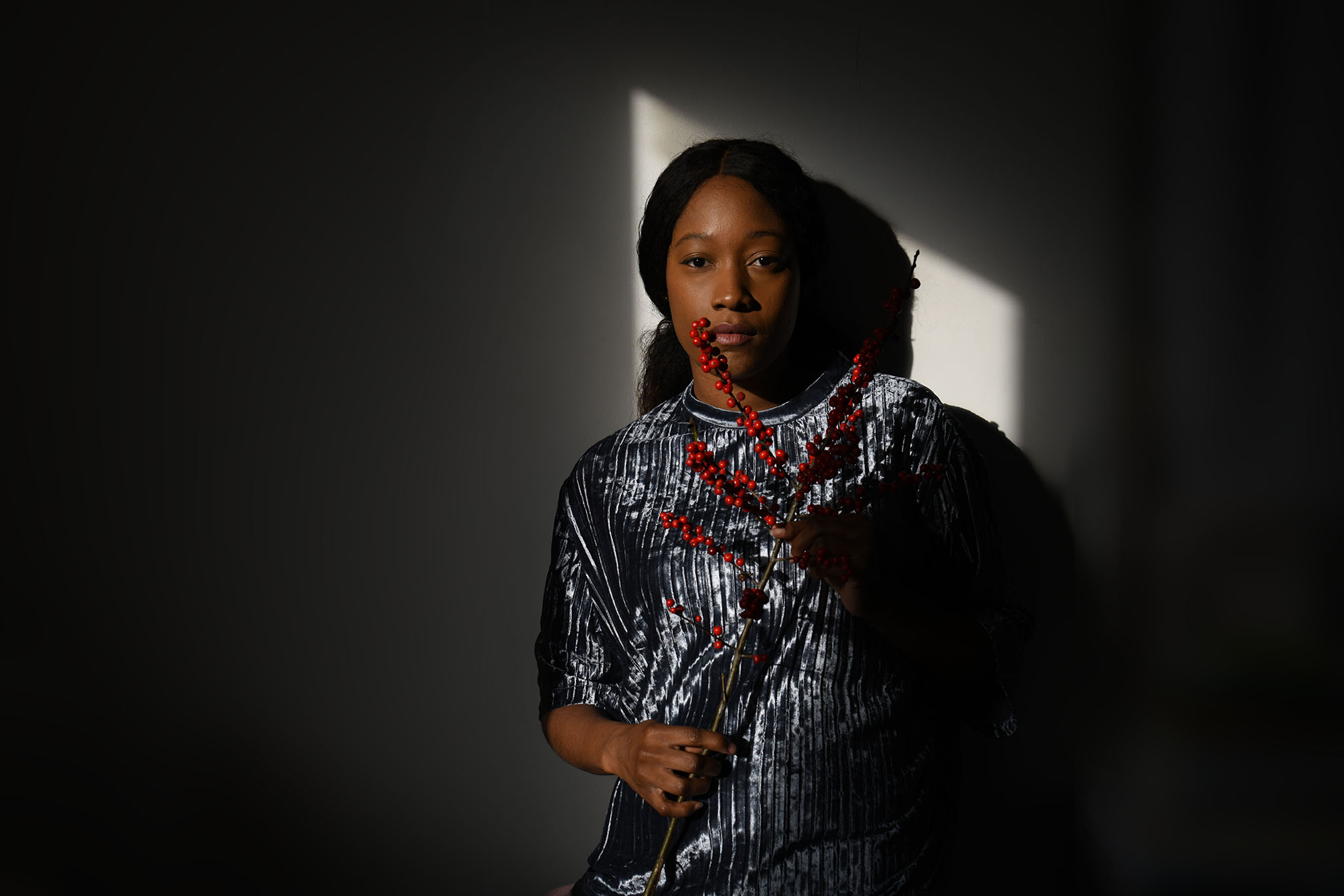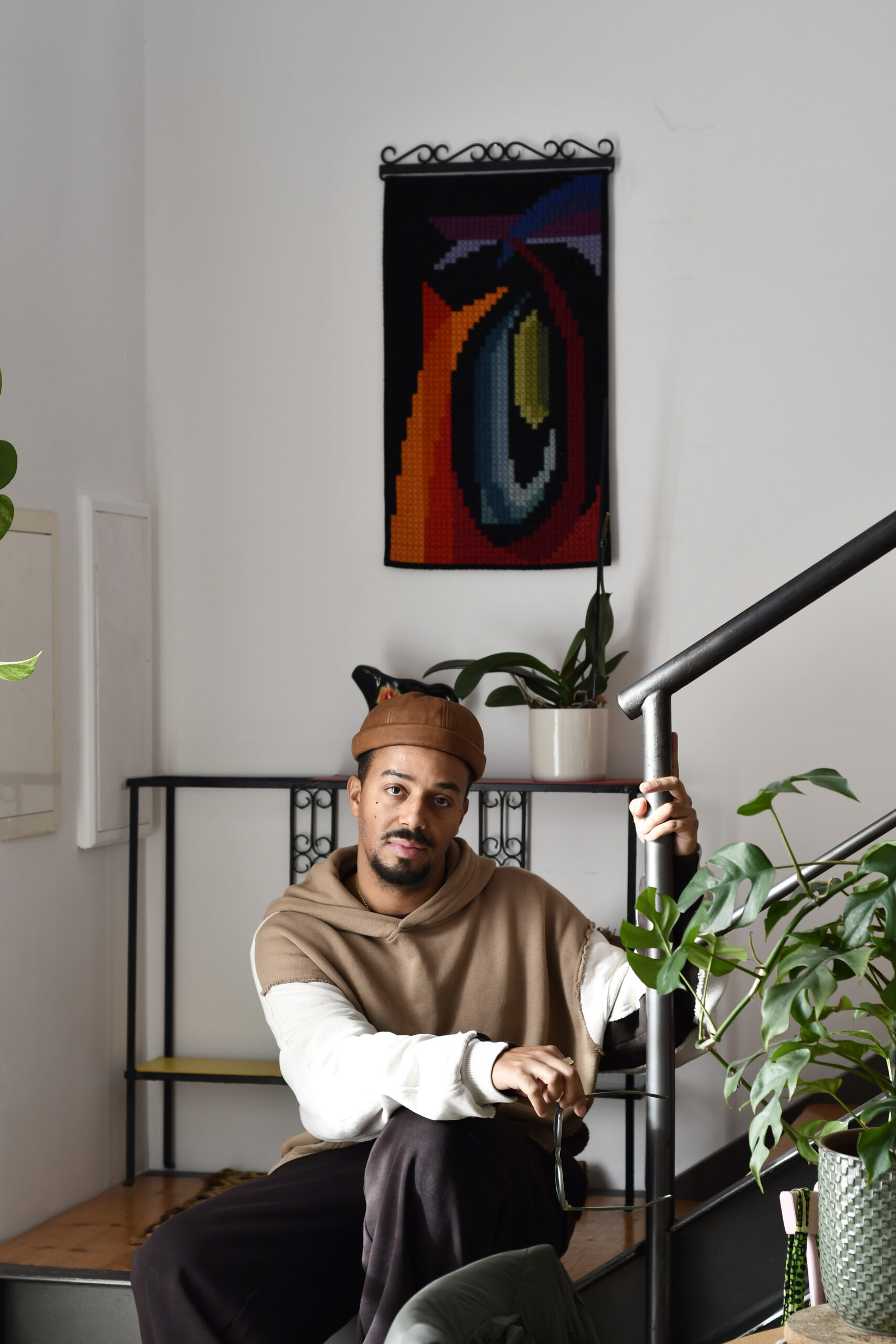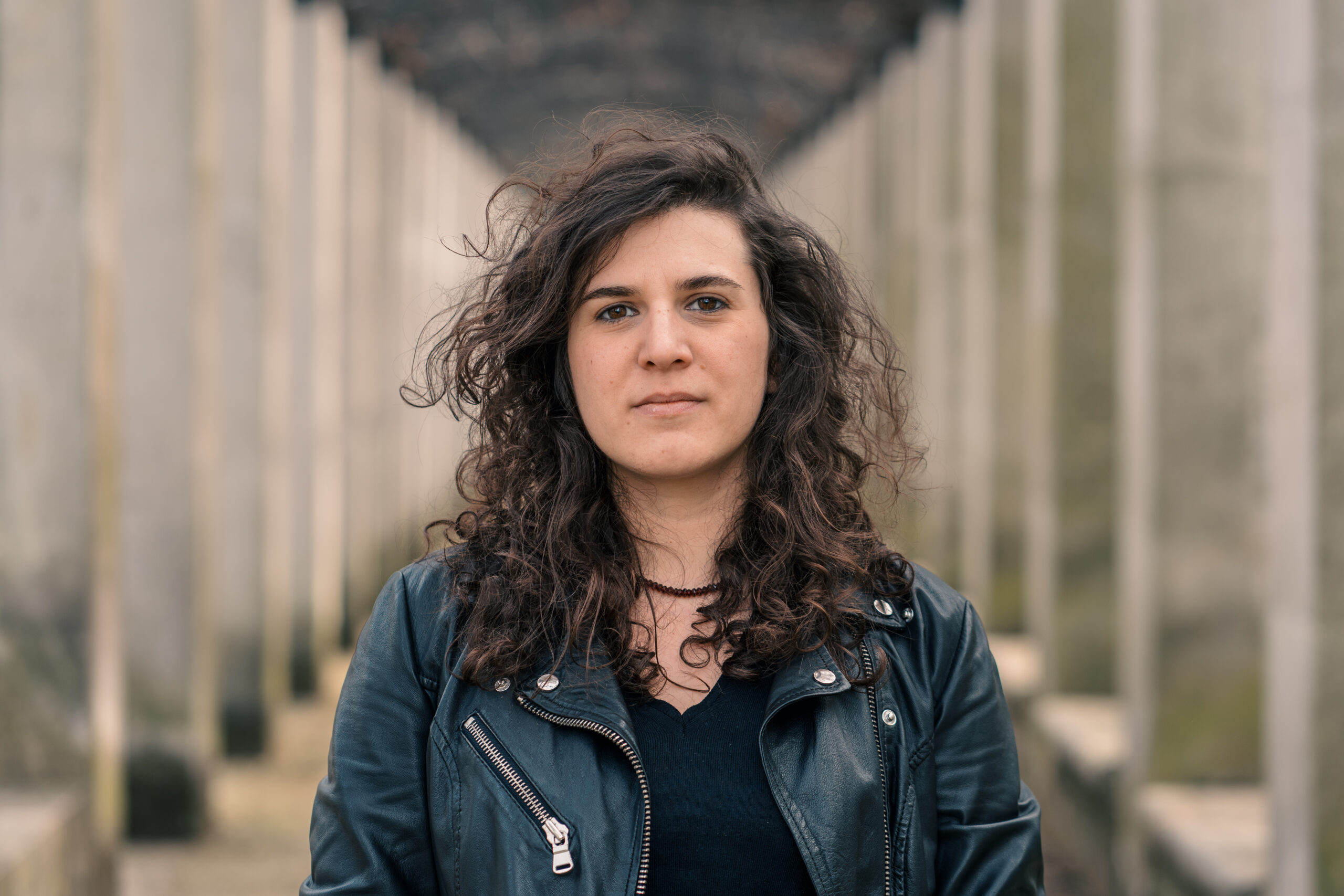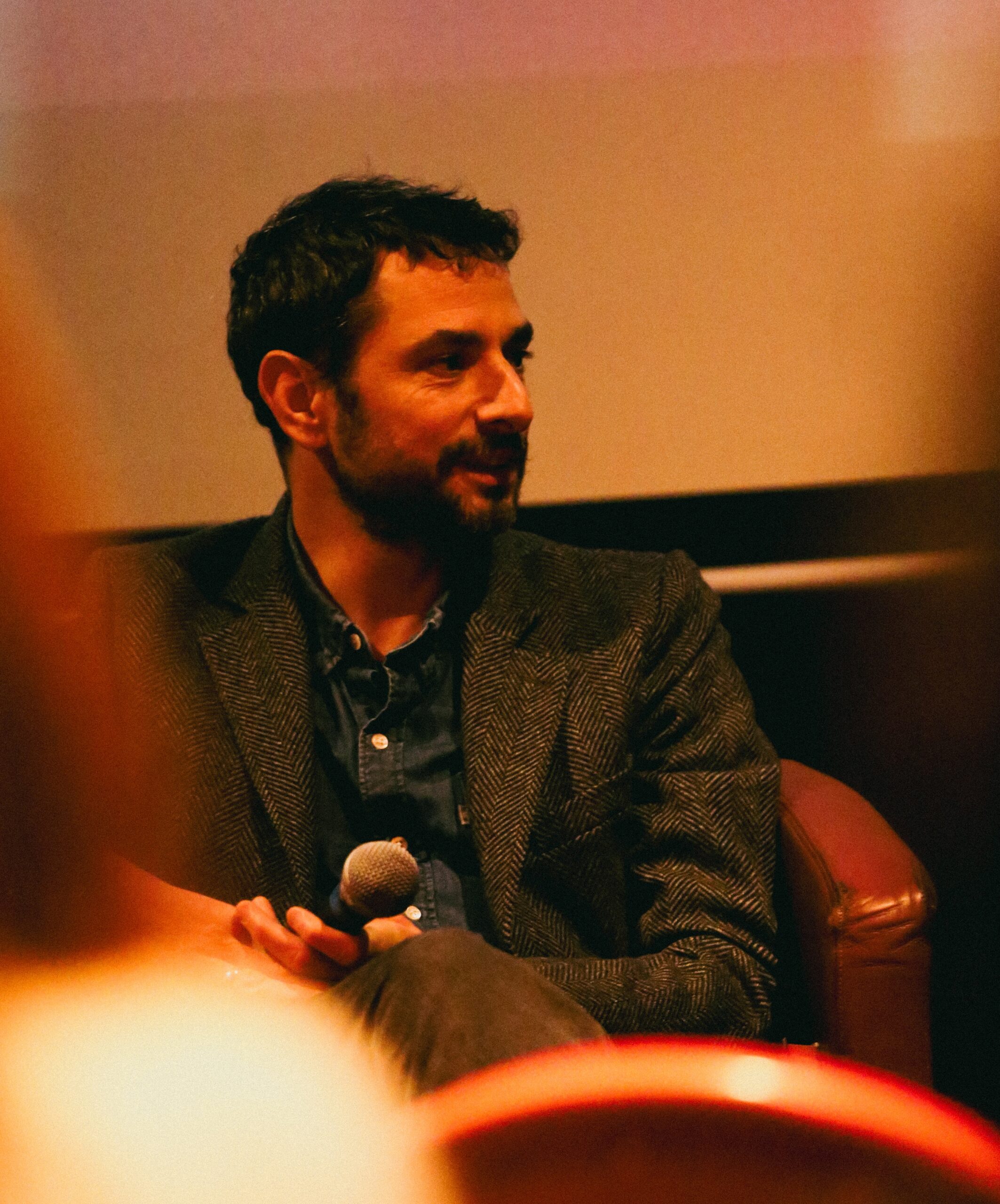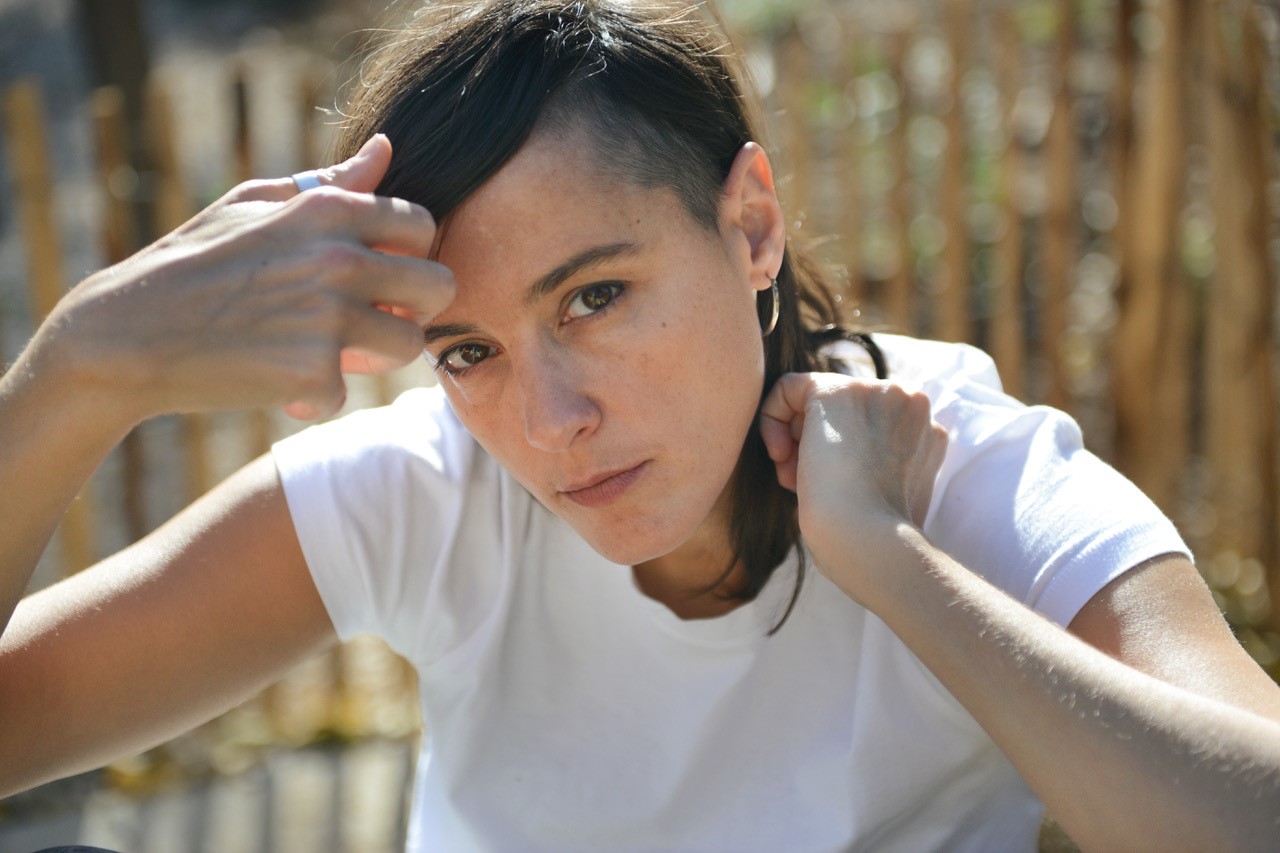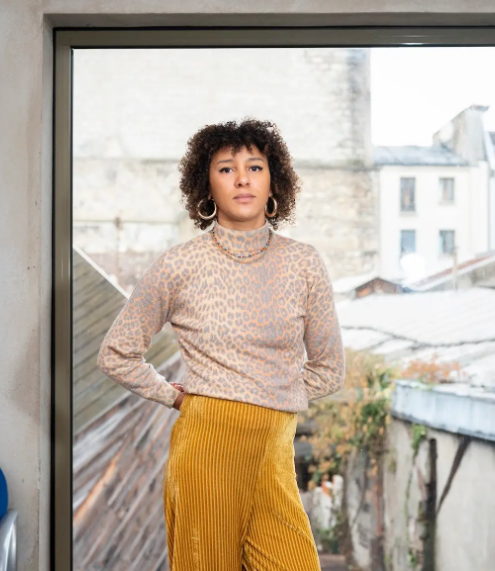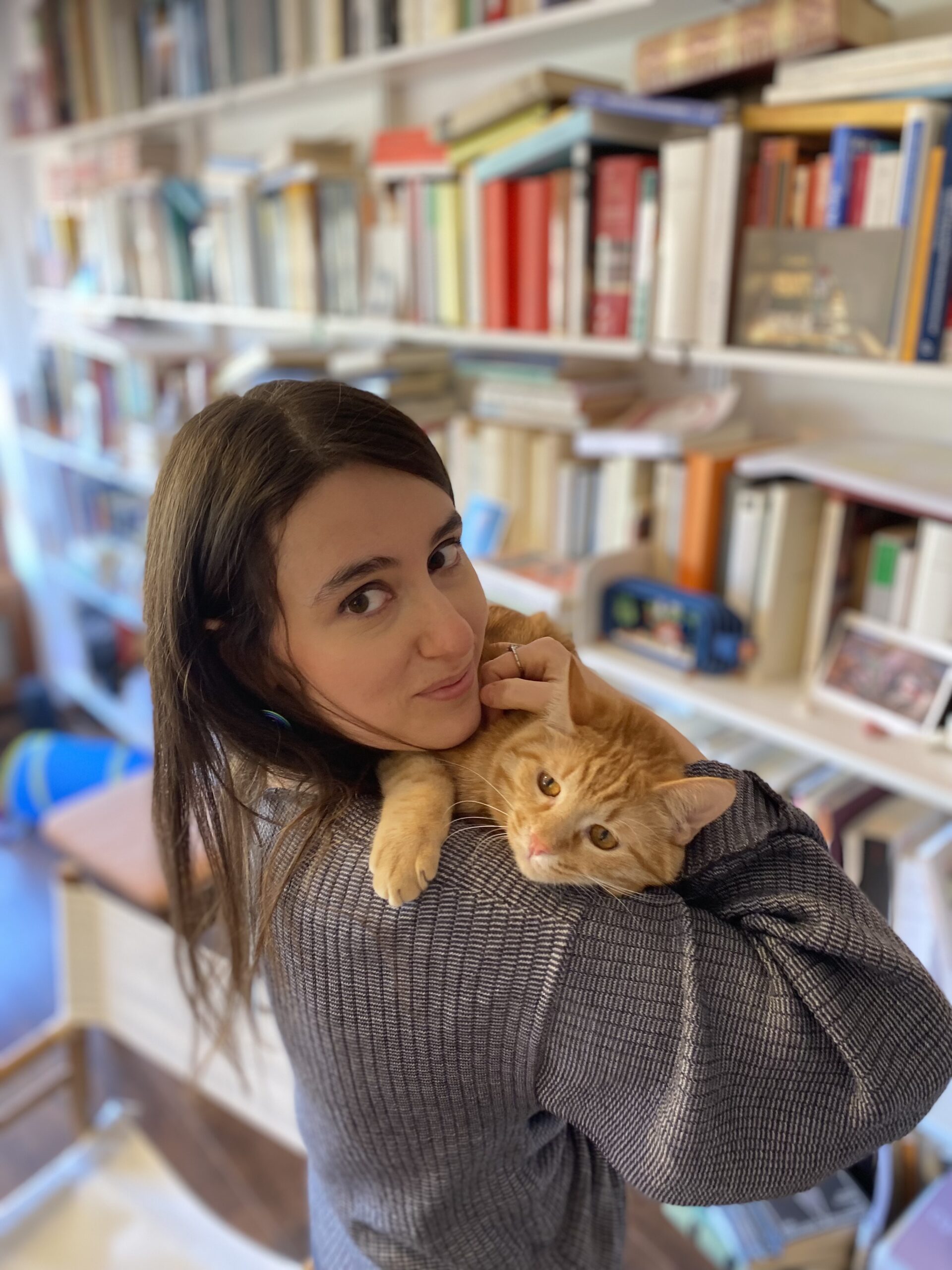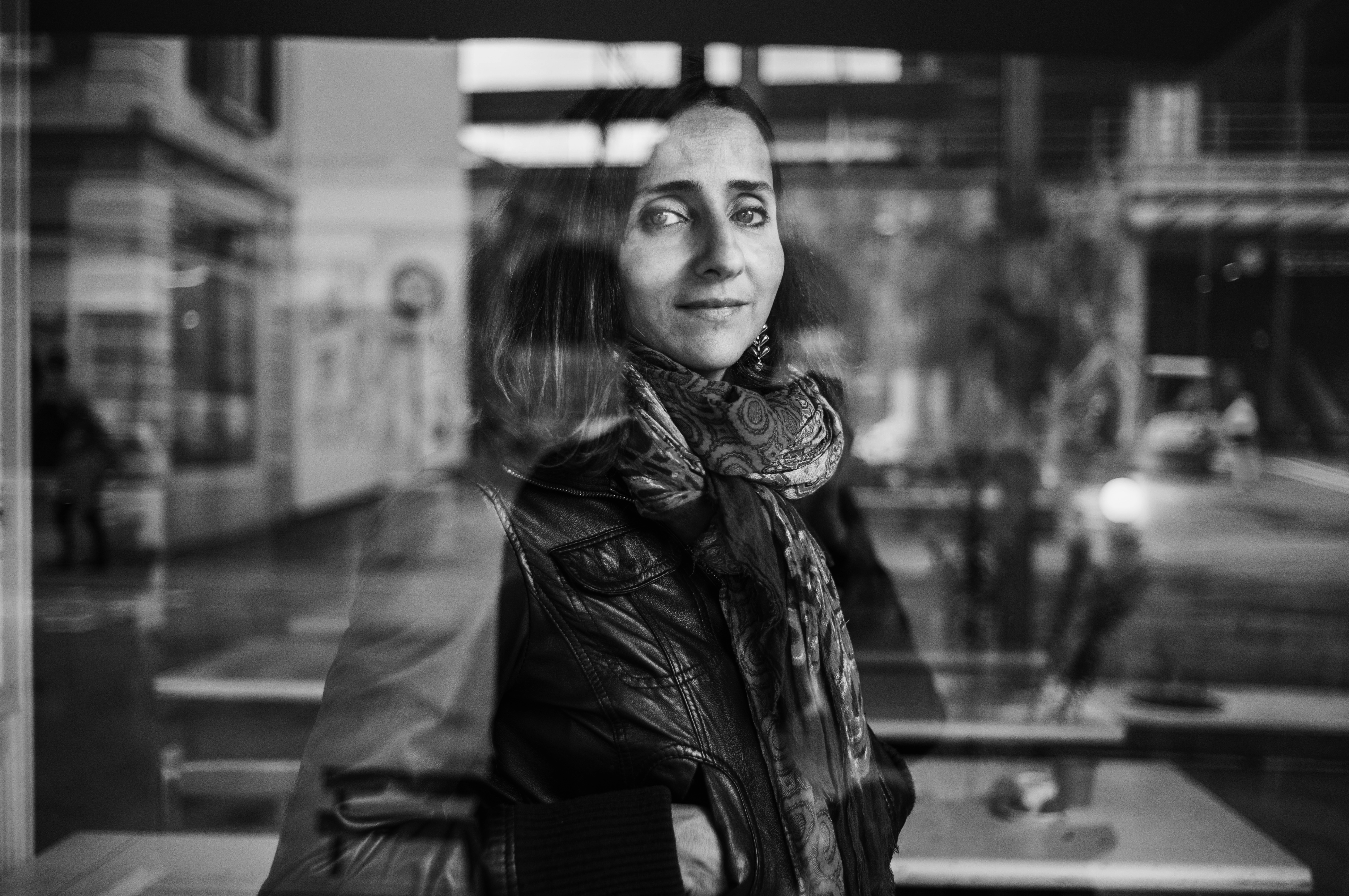Search
Xavier Bonnet
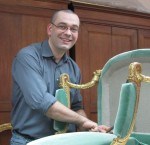
Fellow
2010 - 2011
Heritage restoration
Biography
Xavier Bonnet
Period: 2010-2011
Profession: Restaurateur Xavier Bonnet was born in Roanne (Loire) in 1970. After obtaining his baccalauréat, in autumn 1988 he began an apprenticeship as an upholsterer in Charolles (Saône et Loire). He then embarked on a tour of France that took him successively to Lyon, Strasbourg and La Rochelle, where he was awarded the Compagnon du Devoir in 1993. He continued his journey with stops in Paris, Marseille, Bordeaux, Florence, London, Cologne, Munich and Brussels. Throughout his career, he has enriched the day-to-day practice of his craft with extensive archival research on 18th-century upholsterers in France and Europe. From 1998 to 2001, he was provost (director) of the Compagnons de Paris and curator of the exhibition
D’un siècle à l’autre, le compagnonnage du Devoir (December 2000 to July 2001). In 2000, he began studying art history at the Ecole du Louvre, specializing in the architecture, decor and furnishings of grand residences. In 2005, he wrote his museology dissertation on
La conservation-restoration des garnitures de meubles du xviii e siècle (histoire des pratiques et perspectives d’avenir). In the second year of his Master’s program, he turned his attention to Claude-François Capin (1727/1789), tapissier ordinaire du Roi et du Garde-meuble de la Couronne, a subject he is currently pursuing with a thesis at the Ecole du Louvre under the supervision of Yves Carlier, curator at the Château de Fontainebleau, and at the University of Lille 3 under the direction of Professor Patrick Michel. After being accredited as a restorer by the Direction des Musées de France in 2005, he opened his own workshop. He works on numerous private and public collections, including those of the Musée des Arts Décoratifs in Paris, the Musée Carnavalet, the Châteaux of Versailles, Compiègne and Fontainebleau, the Hôtel de Beauharnais (residence of the ambassador of the Federal Republic of Germany in Paris) and the Victoria & Albert Museum in London. In spring 2006, he led a seminar in New York organized by the American Institute for Conservation, the Metropolitan Museum and New York University. From July to September of the same year, he was a guest researcher at the Getty Center in Los Angeles, studying the use of fabrics during the 1770-1780s in the residences of the Marquis de Marigny and the Château de Chanteloup, successively owned by the Duc de Choiseul and the Duc de Penthièvre. During his stay, he appraised a seat from the Château de Chanteloup in collaboration with the Getty Center’s scientific teams. Based on practical experience, research and the transmission of knowledge, Xavier Bonnet’s approach is unique in that it establishes a dialogue between craftsmanship, restoration and art history, enabling him to compare objects with archival sources. His expertise has led him to take part in various symposia in France and abroad on the history and restoration of furniture upholstery. In 2007, he also initiated the organization of France’s first meeting on the subject. A resident at Villa Medici from April 2010 to March 2011, her project involves analyzing fabric furniture at the court of Parma during the second half of the 18th century, with particular emphasis on the contribution of French upholsterers who settled in the ducal capital following the arrival in 1749 of the Spanish infant Dom Philippe and his wife Louise-Elisabeth de Bourbon, Louis XV’s eldest daughter. By putting the results of this research into perspective with practices observed at the French court during the same period, she will provide a counterpoint to the issues raised in her thesis, which aim to define the rules governing royal furnishings, and in particular the links between materials, colors, furniture typologies, locations and recipients. Thus, by moving beyond a formal study to an approach to the social function of furniture, it will be possible to establish that cloth and seats are more a matter of etiquette, courtly pomp and decorum than mere decoration, as suggested by their recurrent presence on ceremonial portraits.
